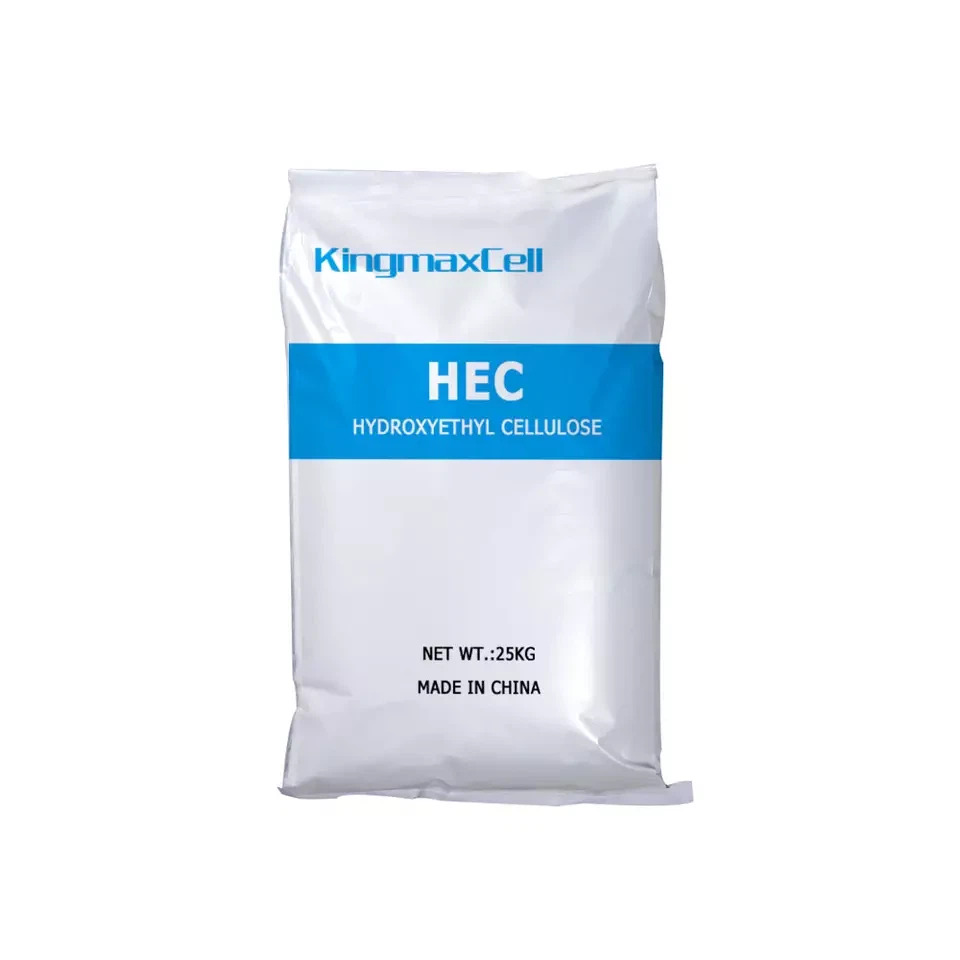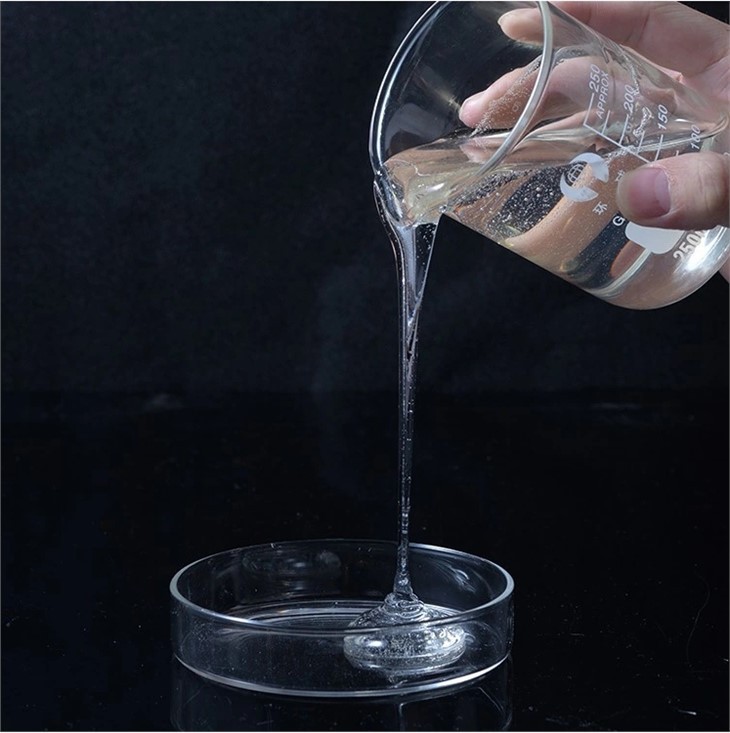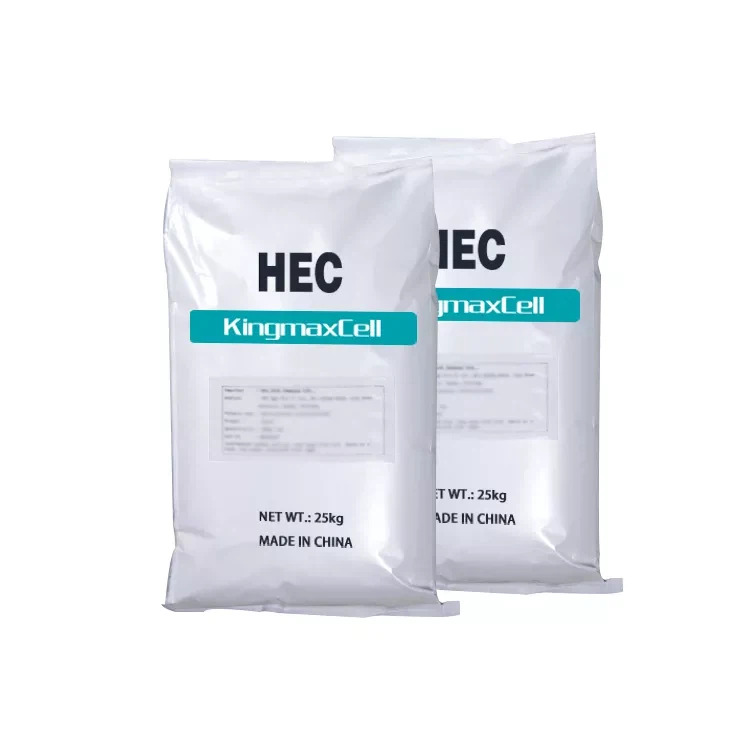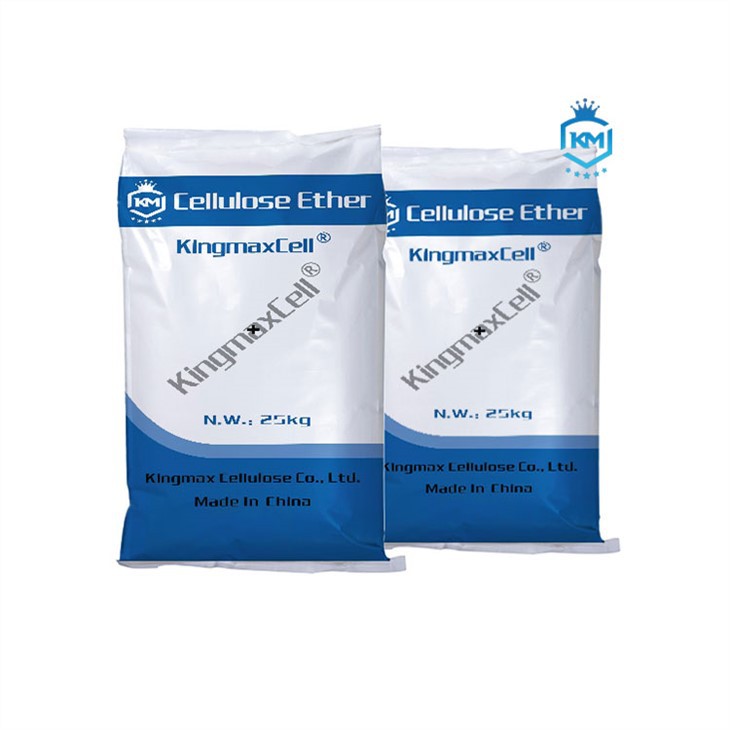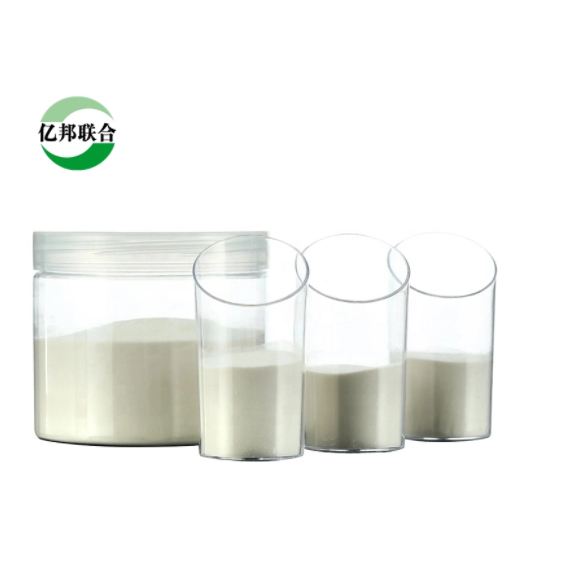
Products
Factory Direct Supply Cheap Cellulose CMC
Product Description
Carboxymethyl Cellulose (CMC) is a common food additive, and its sodium salt (sodium carboxymethyl cellulose) is used as gunk and paste. Sodium carboxymethyl cellulose solution: boiling water but the amount can not be more than 0.5% - 0.7% sodium carboxymethyl cellulose solution take sodium carboxymethyl cellulose 0.5g, add water 100ml, heating and boiling, until completely dissolved. Add a small amount of water to compensate for evaporation before boiling. (1) Self-made thin layer coating with sodium carboxymethyl cellulose aqueous solution (0.2% -- 0.5%) appropriate amount into a paste evenly coated on the glass plate. For the first time, 1.85g silica gel and 5ml sodium carboxymethyl cellulose aqueous solution were taken and put into the milk bowl. For the rest, 1.11g silica gel and 3ml sodium carboxymethyl cellulose aqueous solution were taken each time. Grind in the same direction until there is no bubble, the mucus can be linear. Natural cellulose is the most widely distributed and abundant polysaccharide in nature. The current modification techniques of cellulose mainly focus on etherification and esterification. Carboxymethylation is one of etherification techniques. Cellulose after carboxymethylation carboxymethyl cellulose (CMC), its aqueous solution has thickening, film forming, bonding, water retention, colloidal protection, emulsification and suspension, widely used in petroleum, food, medicine, textile and paper industry, is one of the most important cellulose ether
Physical properties
Sodium carboxymethyl cellulose (CMC) is an anionic cellulose ether, the appearance of white or slightly yellow flocculent fiber powder or white powder, no smell, tasteless, non-toxic; Soluble in cold or hot water, forming a transparent solution with a certain viscosity. The solution is neutral or slightly alkaline, insoluble in ethanol, ether, isopropyl alcohol, acetone and other organic solvents, but soluble in ethanol or acetone solution containing 60% water. It is hygroscopic and photothermal stable, and the viscosity decreases with the increase of temperature. The solution is stable at PH 2 ~ 10, and the PH is lower than 2. There are solid precipitates, and the viscosity decreases when the PH value is higher than 10. The discoloration temperature was 227℃, the carbonization temperature was 252℃, and the surface tension of 2% aqueous solution was 71mn/n.
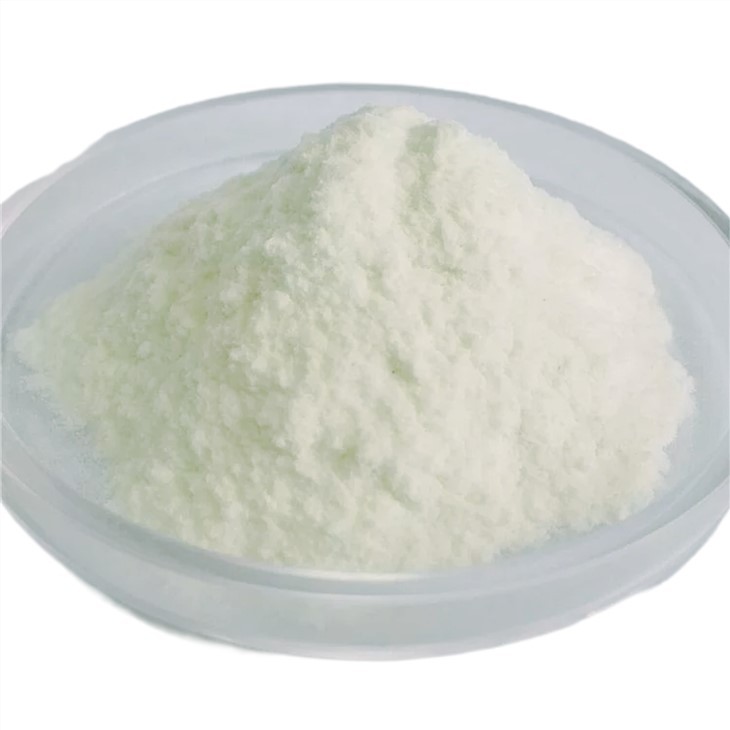

Chemical properties
Sodium carboxymethyl cellulose (CMC) is an anionic cellulose ether, the appearance of white or slightly yellow flocculent fiber powder or white powder, no smell, tasteless, non-toxic; Soluble in cold or hot water, forming a transparent solution with a certain viscosity. The solution is neutral or slightly alkaline, insoluble in ethanol, ether, isopropyl alcohol, acetone and other organic solvents, but soluble in ethanol or acetone solution containing 60% water. It is hygroscopic and photothermal stable, and the viscosity decreases with the increase of temperature. The solution is stable at PH 2 ~ 10, and the PH is lower than 2. There are solid precipitates, and the viscosity decreases when the PH value is higher than 10. The discoloration temperature was 227℃, the carbonization temperature was 252℃, and the surface tension of 2% aqueous solution was 71mn/n.
Address
Mayu Chemical Industry Park, Jinzhou City, Hebei, China
Tel/Whatsapp
+86-311-8444 2166
+86 13785166166 (Whatsapp/Wechat)
+86 18631151166 (Whatsapp/Wechat)
Latest information
news



